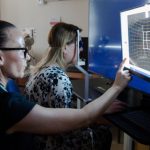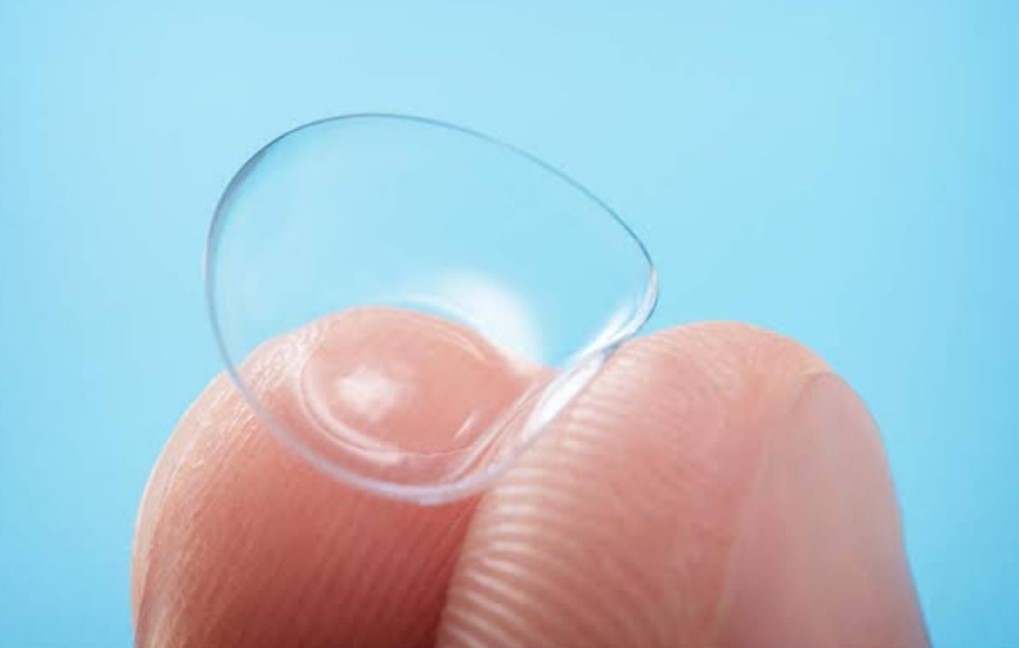Vision rehabilitation (often called vision rehab) is a term for a medical rehabilitation to improve vision or low vision. In other words, it is the process of restoring functional ability and improving quality of life and independence in an individual who has lost visual function through illness or injury.
How effective is vision rehabilitation?
Vision rehabilitation is very effective in improving functioning for people with an irreversible vision impairment that can be caused by eye conditions such as diabetic retinopathy, glaucoma, consequences of trauma and age-related macular degeneration.
Blindness:
The cases, there’s an inability to see even light. It also means that you can’t correct your vision with eyeglasses, contact lenses, eye drops or other medical therapy, or surgery. Sudden vision loss is an emergency. It’s important to seek immediate medical help.
Types of blindness
- Partial blindness: You still have some vision. People often call this “low vision.”
- Complete blindness: You can’t see or detect light. This condition is very rare.
- Congenital blindness: This refers to poor vision that you are born with. The causes include inherited eye and retinal conditions and non-inherited birth defects.
- Legal blindness: This is when the central vision is 20/200 in your best-seeing eye even when corrected with glass or contact lenses. Having 20/200 vision means that you have to be 10x closer or an object has to be 10x larger in order to see compared to a person with 20/20 vision. In addition, you can be legally blind if your field of vision or peripheral vision is severely reduced (less than 20 degrees).
- Nutritional blindness: This term describes vision loss from vitamin A deficiency. If the vitamin A deficiency continues, damage to the front surface of the eye (xerophthalmia) This type of blindness can also make it more difficult to see at night or in dim light due to retinal cells not functioning as well.
You might wonder about color blindness, which is not blindness in the traditional sense. Another name for this issue is color deficiency. You perceive colors in a different way. You can inherit this condition or acquire it because of disease or damage that occurs in your retina or optic nerve. If you can only see black, white or shades of gray, you have achromatopsia.
You may also hear about preventable blindness or avoidable blindness. These terms refer to blindness that happens to people that have a diseases that is treatable but they never receive care. This often happens because of a lack of access to eye care or healthcare. For instance, people who never receive care for diabetes may develop diabetes-related retinopathy. People who don’t receive care for hypertension may develop hypertensive retinopathy.
How common is blindness?
Blindness is common throughout the world and in the U.S. It can happen to anyone.
In the U.S., an estimated 3.4 million people over age 40 are legally blind. There are many more people with low vision. There are about 43 million people in the world living with blindness, according to one estimate. This number could climb to 60 million by 2050.
SYMPTOMS AND CAUSES
What are the symptoms of blindness?
With complete blindness there is a lack of vision and the inability of the eye to detect light.
Symptoms that you may have while vision loss develops include:
- Blurry vision.
- Eye pain.
- Floaters and flashers.
- Sensitivity to light (photophobia).
- Sudden loss of vision, or the sudden appearance of black spots in your vision.
What causes blindness?
There are many causes of blindness, including injuries, infections and medical conditions.
Eye injuries and blindness:
Eye injuries, or ocular trauma, can happen in many ways. It usually affects only one eye. Damage can result from:
- Chemical burns.
- Exposure to toxins
- Fights.
- Fireworks.
- Industrial accidents, including falls.
- Motor vehicle crashes.
- Sports.
Infections and blindness:
Many infectious diseases can lead to vision loss and sometimes blindness. These include:
- This is the leading cause of preventable blindness in the world.
- Cytomegalovirus.
- Endophthalmitis.
- Histoplasmosis.
- Keratitis, including acanthamoeba keratitis.
- Rubella.
- Shingles.
- Syphilis
- Uveitis
REHABILATION SERVICE:
The term “vision rehabilitation” includes a wide range of professional services that can restore functioning after vision loss, just as physical therapy restores function after a stroke or other injury. Vision rehabilitation services allow people who have recently lost vision, are blind, or have low vision to continue to live independently and maintain their accustomed quality of life. Although your eye doctor is the professional you’ll likely turn to first when dealing with your own – or a family member’s – vision loss, it’s important to note that many different kinds of vision rehabilitation services are available in addition to the eye care provided by your family doctor, ophthalmologist, optometrist, or low vision specialist. In fact, your own doctor may not be aware of, or refer you to, these comprehensive vision rehabilitation services, which are often provided through a state or non-profit rehabilitation agency, at little or no out-of-pocket cost.
Who provides vision rehabilitation services?
Vision rehabilitation services for adults who have recently lost vision, are blind, or have low vision are provided by a team of specially trained professionals, which may include low vision therapists, vision rehabilitation therapists, and orientation and mobility specialist.
Low Vision Therapists
Certified Low Vision Therapists (CLVTs and SCLVs) instruct individuals in the efficient use of remaining vision with optical devices, non-optical devices, and assistive technology, and can help determine the need for environmental modifications in the home, workplace, or school.
Vision Rehabilitation Therapists
Certified Vision Rehabilitation Therapists (CVRTs) teach adaptive independent living skills, enabling adults who are blind or have low vision to confidently carry out a range of daily activities.
Orientation and Mobility Specialists
Certified Orientation and Mobility Specialists (COMS or O&Ms) teach the skills and concepts that people who are blind or have low vision need in order to travel independently and safely in the home and in the community. O&Ms teach safe and independent indoor and outdoor travel skills, including the use of a long cane, electronic travel devices (such as GPS), public transportation, and sighted guide, human guide, and pre-cane skills.








